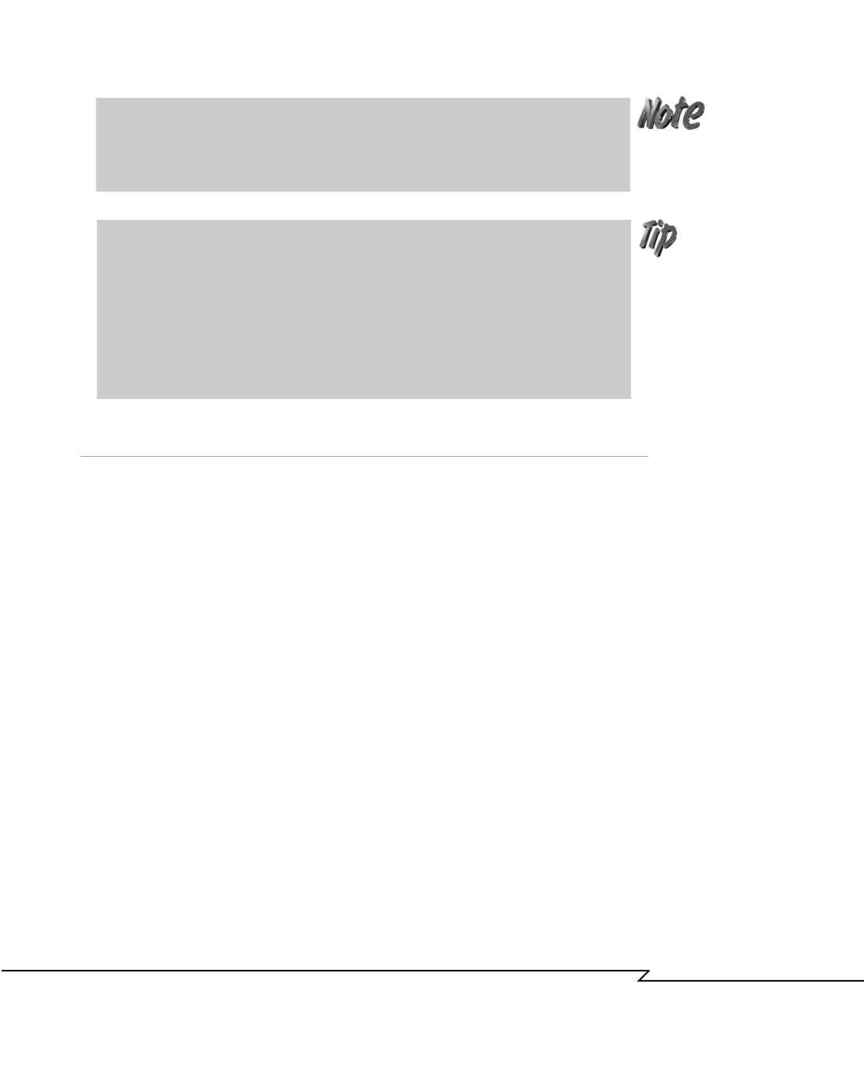
Summary
This chapter has moved beyond the basics of modeling and into some of
the more intermediate (and perhaps even advanced) techniques. Despite
the fact that it may be a while before you're ready to take on an advanced
project like building a character, it's important to understand some of the
approaches so that you can apply them to simpler objects, as well as note
possible advanced applications of tools you already use.
The value of reference and how to make the most efficient use of it was dis-
cussed. You also looked at the importance of bevels, explored deform mod-
ifiers, vertex-level editing, face extrusion, and other techniques. Finally,
you received some tips on doing crystals and examined some alternatives
to modeling as well.
In the next chapter, you will see how mapping can be used to enhance the
realism of mesh objects by giving them color and texture. You will also
look at how mapping can be used in place of mesh to create the illusion of
detail without bogging things down.
C
H A P T E R
4 : M
O D E L I N G
: B
E Y O N D
T H E
B
A S I C S
211
Because it will save time in the mapping and animation processes, we won't be
duplicating the mesh assemblies to finish off the modeling at this point.That will
occur in the tutorials for Chapter 9, "Animation."
By now, you've created almost enough mesh to pass for a completed modeling
project. However, to turn this into a true portfolio piece, a great deal more mod-
eling work is needed.The addition of more spires, additional guy wires, doorways,
and escape hatches for the gondola, railings, electrical equipment, and so forth will
take the model to the next level, and make it a truly professional work. Although
it is impractical to cover all these additions in this tutorial, you are highly encour-
aged to customize and enhance the model in this way.
04 2433_CH04 8/23/02 8:35 AM Page 211
